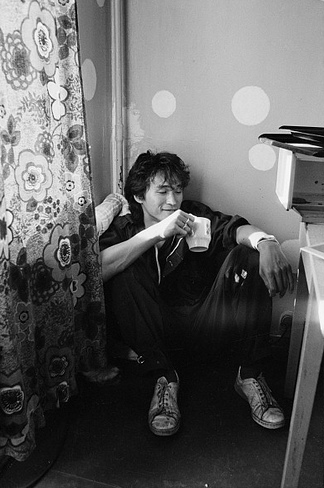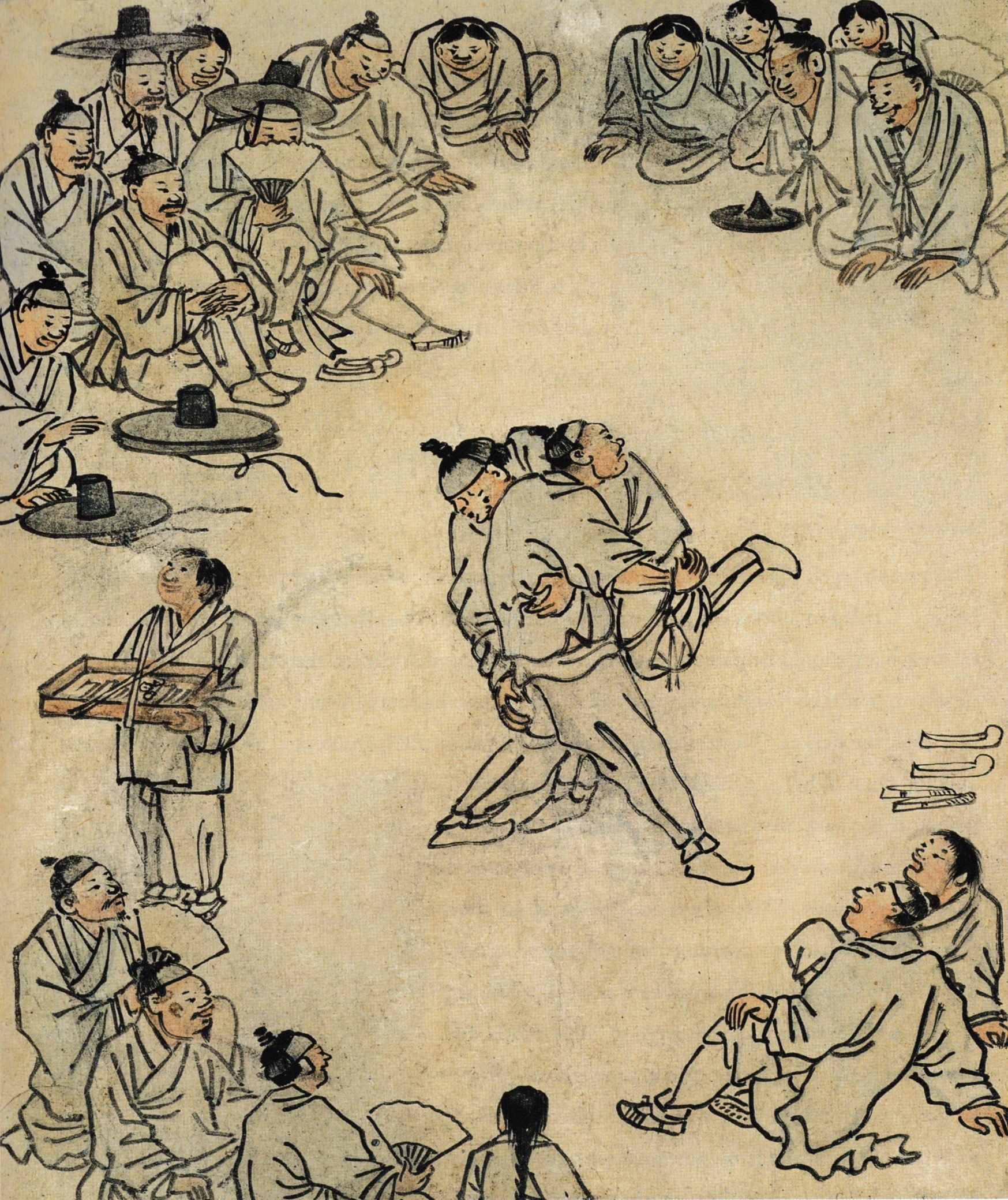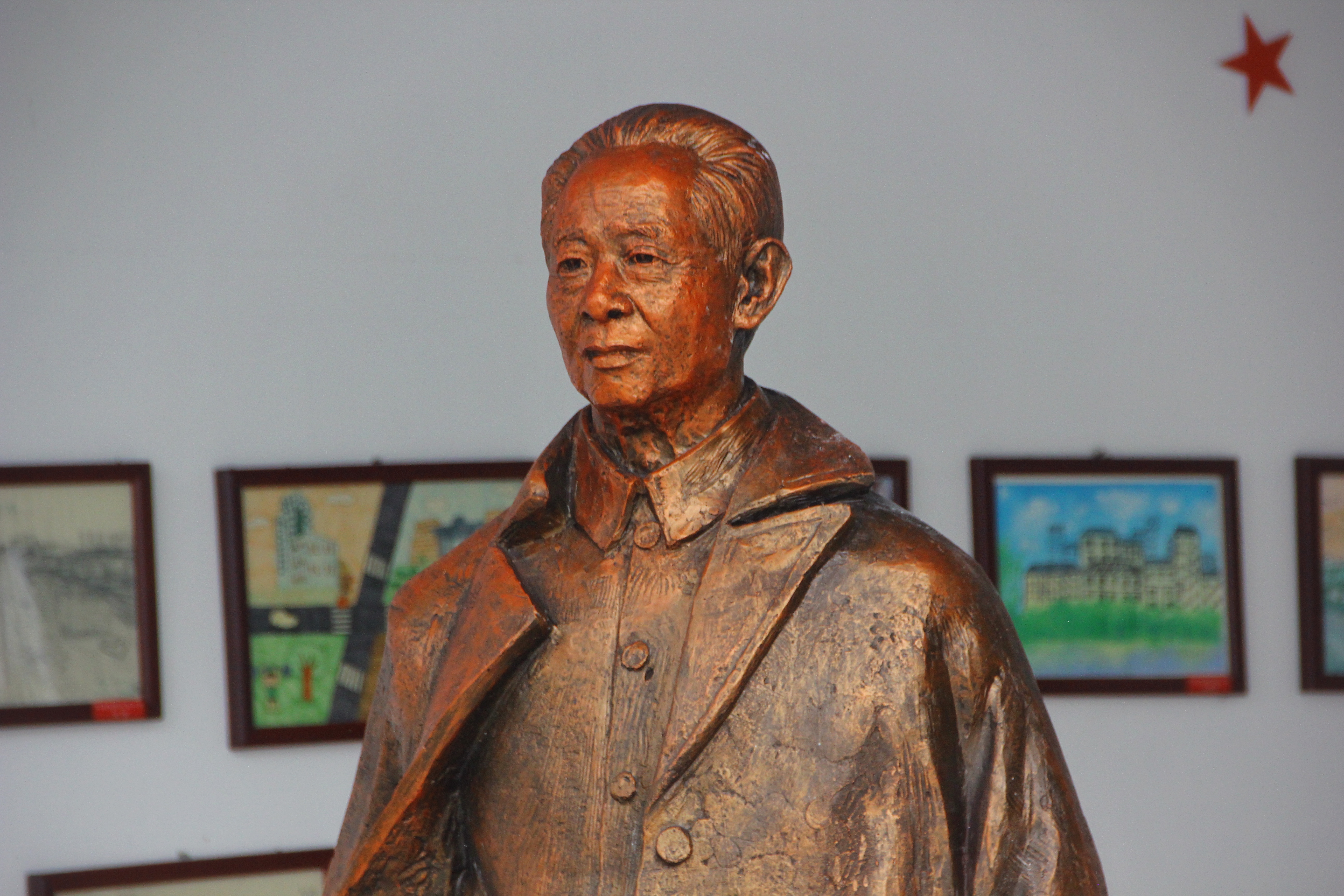|
Hanbok
The hanbok () is the traditional clothing of the Koreans, Korean people. The term ''hanbok'' is primarily used by South Koreans; North Koreans refer to the clothes as (). The clothes are also worn in the Korean diaspora. Koryo-saram—ethnic Koreans living in the lands of the former Soviet Union—also retained a hanbok tradition. Koreans have worn hanbok since antiquity. The earliest visual depictions of hanbok can be traced back to the Three Kingdoms of Korea period (57 BCE to 668 CE) with roots in the Yemaek, Proto-Koreanic people of what is now Geography of North Korea, northern Korea and Manchuria. The clothes are also depicted on tomb murals from the Goguryeo period (4th to 6th century CE), with the basic structure of the hanbok established since at latest this period.The Dreams of the Living and the Hopes of the Dead-Goguryeo Tomb Murals, 2007, Ho-Tae Jeon, Seoul National University Press The ancient hanbok consisted of a (top), (trousers), (skirt), and the ' (coat). T ... [...More Info...] [...Related Items...] OR: [Wikipedia] [Google] [Baidu] |
Jeogori
or (; ) is a basic upper garment of the , a traditional Korean garment, which has been worn by both men and women. Men usually wear the with a '' baji'' or pants while women wear the with '' chima'', or skirts. It covers the arms and upper part of the wearer's body. Etymology The has been worn since ancient times and went by a variety of names such as (), (), and () in the Three Kingdoms period (57 BC – 668 AD). Although it is unknown when the term began to be used to refer to the garment, it is assumed to have appeared in the late Goryeo period around King Chungnyeol's reign. The first historical document to mention the ' is in the () of Queen Wongyeong, which was a funeral ceremony for carrying the coffin out of the palace. The document written in 1420 during the second reign of Sejong the Great records () and (). However, it is not clear whether the record is a hanja transliteration of a Korean word or Mongolian influence. Before the Goryeo period, such an uppe ... [...More Info...] [...Related Items...] OR: [Wikipedia] [Google] [Baidu] |
Chima (clothing)
is a generic term for the skirt worn together with , or a short jacket in , Korean traditional clothing. It is also referred to as ' () or ' () in hanja in the Korean language. History While the has evolved over time, the has remained relatively unchanged throughout time. Basic forms of ancient date back to the Goguryeo era (37 BC–668 AD). According to the murals of Goguryeo and an earthen toy excavated from the neighbourhood of Hwangnam-dong, Gyeongju, Goguryeo women usually wore the over the ''chima,'' covering the top of the chima.In addition, a painting of a woman wearing a saekdong chima can be seen in a mural tomb related to Goguryeo's figure Pungsokdo in Gangseo-gu, Nampo, North Korea. Later on in the Goguryeo Kingdom, the became shorter and shorter, showing off more of the . One popular fashion was the A-line ''chima''. In Silla, China's Tang dynasty influenced the culture of Koreans; several types of Tang dynasty's clothing was also introduced in Korea. The ... [...More Info...] [...Related Items...] OR: [Wikipedia] [Google] [Baidu] |
Po (clothing)
''Po'' is a general term that describes an outer robe or overcoat in Korean traditional clothing. Description There are two general types of ''po'', the Korean type and the Chinese type. The Korean type is a common style from the Three Kingdoms of Korea period, and it is used in modern day. A belt was used until it was replaced by a ribbon during late Joseon dynasty. '' Durumagi'' is a variety of ''po'' that was worn as protection against cold. It had been widely worn as an outer robe over ''jeogori'' and ''baji''. It is also called ''jumagui'', ''juchaui'', or ''juui''. The Chinese type is different styles of ''po'' from China. Starting from North-South states period, they were used through history until nation-wide adoption of the Korean type ''durumagi'' in 1895. File:King_Taejo_Yi_02.jpg, '' Dragon robe'' (or ikseongwanpo): business attire for kings File:Portrait_of_King_Yeongjo_-_Chae_Yong_Shin_(蔡龍臣_1850-1941)_Cho_Seok-jin_(趙錫晉_1853-1920)_et_(cropped).jpg, '' ... [...More Info...] [...Related Items...] OR: [Wikipedia] [Google] [Baidu] |
Traditional Clothing
Folk costume, traditional dress, traditional attire or folk attire, is clothing of an ethnic group, nation or region, and expresses Cultural identity, cultural, Religious identity, religious or national identity. An ethnic group's clothing may also be called ethnic clothing or ethnic dress. Traditional clothing includes everyday and formal wear. The word "costume" in this context is sometimes considered pejorative, as the word has more than one meaning, and thus "clothing", "dress", "attire" or "regalia" can be substituted without offense. Following the rise of romantic nationalism in parts of Europe, pre-industrial peasantry came to serve as ideals for genuinity and desirability. Garments evoking peasant dress were made from narrow cloth, traditional pre-industrial textiles. In regions where Western dress codes, Western dress styles are common, traditional garments are often worn during special events or celebrations. International events may cater to non-Western attendees with ... [...More Info...] [...Related Items...] OR: [Wikipedia] [Google] [Baidu] |
Koryo-saram
Koryo-saram (; ) or Koryoin () are ethnic Koreans of the post-Soviet states, former Soviet Union, who descend from Koreans that were living in the Russian Far East. Koreans first began settling in the Russian Far East in the late 19th century. Their numbers increased as Koreans fled the Korea under Japanese rule, Japanese colonization of Korea beginning in 1910. A number of Koryo-saram became significant List of Korean independence activists, Korean independence activists, such as Hong Beom-do and Chŏng Sangjin. In 1937, Deportation of Koreans in the Soviet Union, they were all deported to Central Asia. They have since dispersed throughout the former Soviet Union, with significant populations in Siberia, Uzbekistan, and Kazakhstan. Approximately 500,000 Koryo-saram reside in the former Soviet Union, primarily in the now-independent states of Central Asia. There are also large Korean communities in Southern Russia (around Volgograd), the Russian Far East (around Vladivostok), th ... [...More Info...] [...Related Items...] OR: [Wikipedia] [Google] [Baidu] |
White Clothing In Korea
Until the 1950s, a significant proportion of Koreans wore white ''hanbok'', sometimes called ''minbok'' (), on a daily basis. Many Korean people, from infancy through old age and across the social spectrum, dressed in white. They only wore color on special occasions or if their job required a certain uniform. Early evidence of the practice dates from around the 2nd century BCE. It continued until the 1950–1953 Korean War, after which the resulting poverty caused the practice to end. It is not known when, how, or why the practice came about; it is also uncertain when and how consistently it was practiced. It possibly arose due to the symbolism of the color white, which was associated with cleanliness and heaven. The Japanese colonial view controversially attributed the Korean penchant for white clothing to mourning. The practice was persistently maintained and defended; it survived at least 25 pre-colonial and over 100 Korea under Japanese rule, Japanese colonial era regulations a ... [...More Info...] [...Related Items...] OR: [Wikipedia] [Google] [Baidu] |
Joseon
Joseon ( ; ; also romanized as ''Chosun''), officially Great Joseon (), was a dynastic kingdom of Korea that existed for 505 years. It was founded by Taejo of Joseon in July 1392 and replaced by the Korean Empire in October 1897. The kingdom was founded following the aftermath of the overthrow of Goryeo in what is today the city of Kaesong. Early on, Korea was retitled and the capital was relocated to modern-day Seoul. The kingdom's northernmost borders were expanded to the natural boundaries at the rivers of Yalu River, Amnok and Tumen River, Tuman through the subjugation of the Jurchen people, Jurchens. During its 500-year duration, Joseon encouraged the entrenchment of Korean Confucianism, Confucian ideals and doctrines in Korean society. Neo-Confucianism was installed as the new state's ideology. Korean Buddhism, Buddhism was accordingly discouraged, and occasionally Buddhists faced persecution. Joseon consolidated its effective rule over the Korean peninsula and saw the he ... [...More Info...] [...Related Items...] OR: [Wikipedia] [Google] [Baidu] |
Baji (clothing)
''Baji'' () is a kind of traditional Korean pant that is part of the hanbok. , ''koreanculture''. Access date: June 9, 2010. A ''baji'' is baggy and loose, so it is tied around the waist. In the past, Korean men wore ''baji'' as outer , but for women
A woman is an adult female human. Before adulthood, a female child or adolescent is referred to as a girl.
Typically, women are of the female sex and inherit a pair of X chromosomes, one from each parent, and women with functional u ... , it gradually became part of the inner clothing. [...More Info...] [...Related Items...] OR: [Wikipedia] [Google] [Baidu] |
Korea
Korea is a peninsular region in East Asia consisting of the Korean Peninsula, Jeju Island, and smaller islands. Since the end of World War II in 1945, it has been politically Division of Korea, divided at or near the 38th parallel north, 38th parallel between North Korea (Democratic People's Republic of Korea; DPRK) and South Korea (Republic of Korea; ROK). Both countries proclaimed independence in 1948, and the two countries fought the Korean War from 1950 to 1953. The region is bordered by China to the north and Russia to the northeast, across the Yalu River, Amnok (Yalu) and Tumen River, Duman (Tumen) rivers, and is separated from Japan to the southeast by the Korea Strait. Known human habitation of the Korean peninsula dates to 40,000 BC. The kingdom of Gojoseon, which according to tradition was founded in 2333 BC, fell to the Han dynasty in 108 BC. It was followed by the Three Kingdoms of Korea, Three Kingdoms period, in which Korea was divided into Goguryeo, Baekje, a ... [...More Info...] [...Related Items...] OR: [Wikipedia] [Google] [Baidu] |
Chinese Economic Reform
Reform and opening-up ( zh, s=改革开放, p=Gǎigé kāifàng), also known as the Chinese economic reform or Chinese economic miracle, refers to a variety of economic reforms termed socialism with Chinese characteristics and socialist market economy in the People's Republic of China (PRC) that began in the late 20th century, after Mao Zedong's death in 1976. Guided by Deng Xiaoping, who is often credited as the "General Architect", the reforms were launched by reformists within the ruling Chinese Communist Party (CCP) on December 18, 1978, during the '' Boluan Fanzheng'' period. A parallel set of political reforms were launched by Deng and his allies in the 1980s, but eventually ended in 1989 due to the crackdown on the Tiananmen Square protests, halting further political liberalization. The economic reforms were revived after Deng Xiaoping's southern tour in 1992. The reforms led to significant economic growth for China within the successive decades; this phenomenon has ... [...More Info...] [...Related Items...] OR: [Wikipedia] [Google] [Baidu] |




